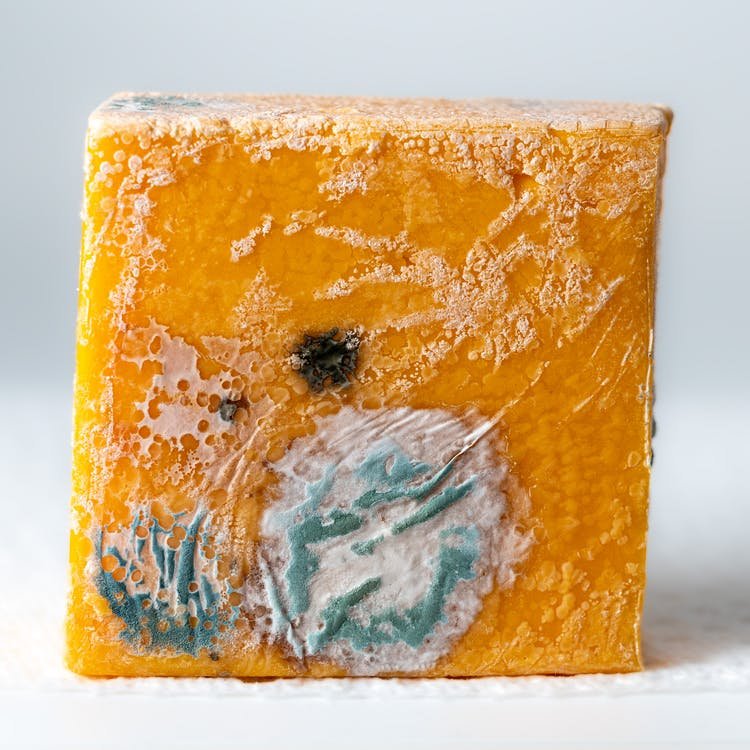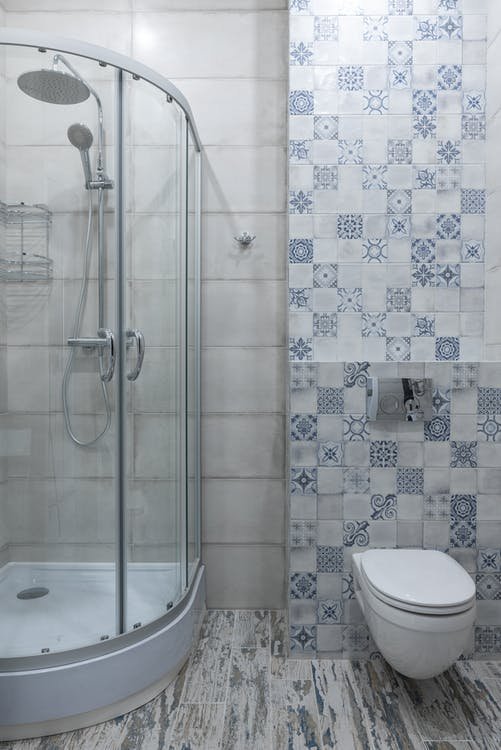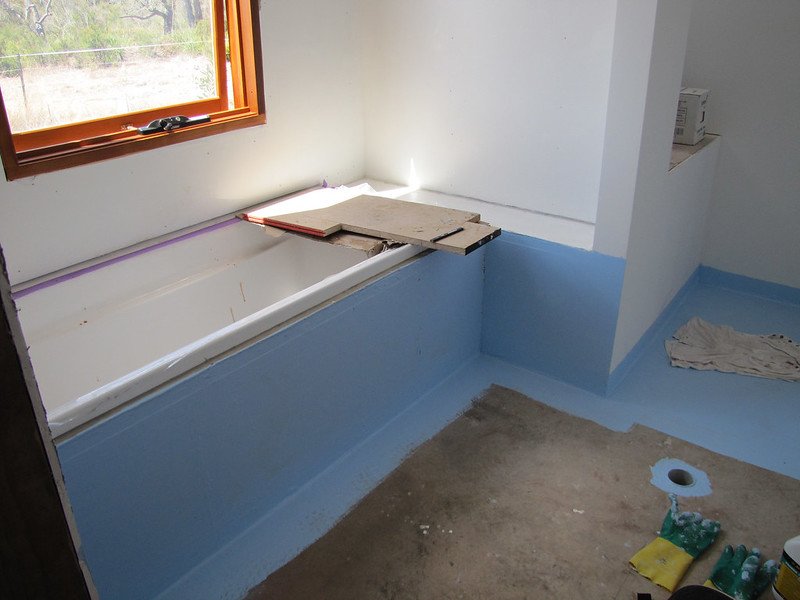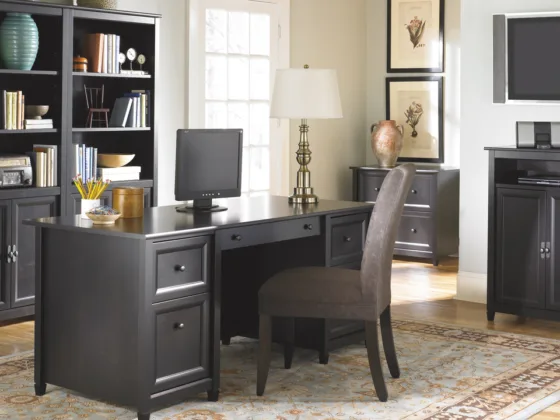Table of Contents Show
For most homeowners, mold is nothing more than a greenish substance often seen in areas with high moisture like the kitchen, bathroom, or basement. When an average homeowner spots a mold, they will most likely ignore the problem until it worsens.

Once things worsen, they will call a remediation company to help them out. And while there is nothing wrong with that, considering all types of mold in the same light can be detrimental to your health.
Mold is an umbrella term that encompasses a wide range of varieties. While some molds can be easily removed through a simple remediation session, others need time. And understanding the different types of molds can help you prepare better for mold remediation.
Stachybotrys
Stachybotrys is also known as black mold and is amongst the most dangerous types of mold. The CDC has linked this mold to a wide range of respiratory problems, skin irritation, and even neurological problems in children.
If you have black mold in your home, it is best to leave the remediation process to the professionals, as inhaling the spores can be very harmful.
Aspergillus
Aspergillus is another type of mold commonly found in homes. This mold can cause a wide range of respiratory problems like asthma, bronchitis, and even lung infection.
People with a weak immune system are especially vulnerable to Aspergillus and should avoid contact with this type of mold at all costs. A recognizing feature of Aspergillus is that it is often fuzzy and has a wide range of colors like green, brown, or even black.
Read Also:
Penicillium
Like most species of mold, penicillium causes health and respiratory problems. As of now, 200 species of penicillium have been recorded, and while not all of these are found in your home, it’s important to remember that they are often found in food and areas with extensive moisture. Penicillium is found in various colors: blue, yellow, green, and white.
Cladosporium
Cladosporium is one of the most common types of mold and is often found in damp areas like showers, basements, or crawlspaces. This mold can cause hay fever and respiratory problems in people with weak immune systems.
Cladosporium often appears as black or green spots on surfaces and is usually fuzzy to the touch. Research shows that severe cases of Cladosporium exposure can result in pulmonary edema and emphysema.
Fusarium
Fusarium is an orange mold often found in lower temperatures. These typically grow on wet carpets and fabrics. Inhalation of Fusarium spores can cause pulmonary edema, respiratory problems, and skin infections. People with a weak immune system are especially vulnerable to this type of mold.
Aspergillus
In the least dangerous mold family, around 200 species of Aspergillus are found in nature. Of those 200, only 16 have been known to cause health problems in humans. Even these 16 don’t cause severe health problems to an average adult.
While the effects of mold exposure are multiplied in children and senior citizens, there have been rare occurrences and reporting of a fatality from exposure to Aspergillus.
Aspergillus is often yellow-greenish in color and is found indoors. They can cause minor skin infections and respiratory problems.
If you have mold in your home, the first step is identifying what type it is. Some molds are more dangerous than others and pose a serious threat to your health if not remediated properly.
The most common types of mold are Stachybotrys (black mold), Aspergillus, Penicillium, Cladosporium, and Fusarium. One of the best ways to identify the kind of mold in your home is to conduct an air sample and surface analysis.
An air sample analysis is conducted by taking a sample of the air in your home and sending it to a laboratory for testing. This will give you an idea of the type of mold present in your home and the concentration.
Surface analysis is conducted by taking a swab of the affected area and sending it to a laboratory for testing. This will help you identify the type of mold present on surfaces in your home.
Once you know the type of mold in your home, it will be easier to communicate with your mold remediation company. While most molds do not pose a fatal threat to your life, some could give you more trouble than they are worth.
If you suspect that you have any of the above molds in your home, it is best to call in a professional for help. Removing these molds on your own can be incredibly dangerous and should be avoided at all costs.
If you have any questions or concerns about mold, do not hesitate to contact a professional remediation company. They will be able to determine the type of mold and recommend the necessary steps for remediation.









